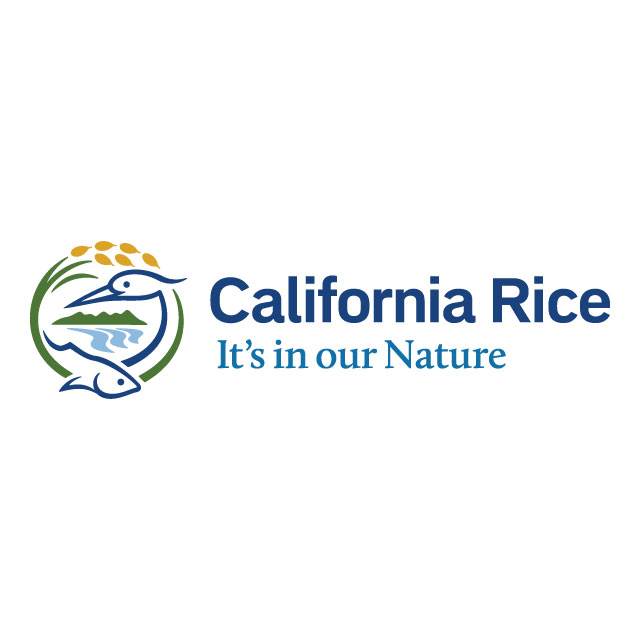July 29, 2025
How CAP helped the Rice Commission get and stay ahead

“We were stuck using the 90-day NOAA outlooks,” said Tim Johnson, President and CEO of the California Rice Commission.
“They’re probability-based and change constantly.”
For years, the Commission made high-stakes decisions with forecasts that were ever-changing.
That meant delays in acreage decisions,
uncertainty in public communications,
and reactive conservation efforts.
Then they started using the California Annual Precipitation (CAP) forecast.
Issued each November, CAP gave Johnson and his team the one thing they didn’t have before: early, reliable clarity.
“CAP gives us the ability to know if we’re going to be in a dry year, a normal year, or an excessive year much earlier than any other tool,” he said.
The result?
More confidence, earlier decisions, and a shift from reactive to strategic.
When CAP ran against the grain in 2022–23, predicting an above-normal year while headlines still warned of drought, the Commission trusted the data.
It paid off.
Precipitation ended up 43.3% above normal, and the Rice Commission had already built their strategy around it.
“We knew what we were going to do for the next eight months,” Johnson said.
“CAP made us much more efficient and much more effective.”
That’s not just a better forecast. That’s a better operation.
Read the full story:
Framework from a Forecast: How the Rice Commission Moved from Reacting to Strategizing with CAP